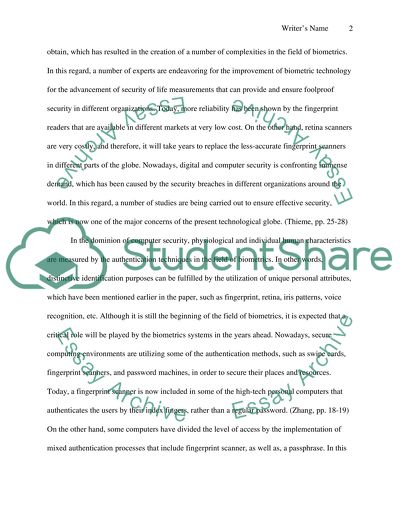Cite this document
(“Biometrics Essay Example | Topics and Well Written Essays - 2500 words”, n.d.)
Biometrics Essay Example | Topics and Well Written Essays - 2500 words. Retrieved from https://studentshare.org/miscellaneous/1546118-biometrics
Biometrics Essay Example | Topics and Well Written Essays - 2500 words. Retrieved from https://studentshare.org/miscellaneous/1546118-biometrics
(Biometrics Essay Example | Topics and Well Written Essays - 2500 Words)
Biometrics Essay Example | Topics and Well Written Essays - 2500 Words. https://studentshare.org/miscellaneous/1546118-biometrics.
Biometrics Essay Example | Topics and Well Written Essays - 2500 Words. https://studentshare.org/miscellaneous/1546118-biometrics.
“Biometrics Essay Example | Topics and Well Written Essays - 2500 Words”, n.d. https://studentshare.org/miscellaneous/1546118-biometrics.


